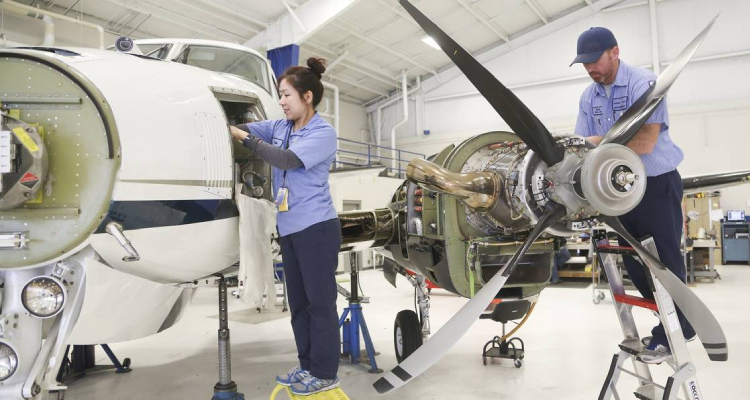
Purchasing an aircraft is an exciting venture that requires diligent research and evaluation. While checking the aircraft's physical condition is essential, scrutinizing its maintenance history is equally critical. A well-maintained aircraft is not just safer to operate; it can save you thousands of pounds in future repairs and upkeep. In this article, we'll delve into why a thorough review of the maintenance history is crucial, what you should be looking for, and the steps to undertake a comprehensive evaluation.
The Importance of Evaluating Maintenance History
Longevity and Reliability
An aircraft with a solid maintenance history is likely to be more reliable and have a longer operational life. Knowing that the aircraft has been cared for can provide peace of mind and confidence in your investment.
Safety
For obvious reasons, flying an aircraft that has been poorly maintained is dangerous. Ensuring that maintenance has been consistently and professionally carried out minimises safety risks.
Resale Value
The maintenance history can significantly impact an aircraft’s resale value. A well-maintained aircraft is more appealing to potential buyers and often commands a higher market price.
What to Look For in Maintenance Records
Logbooks
These provide a chronological history of all maintenance tasks performed on the aircraft. Ensure all entries are legible, dated, and signed by certified mechanics.
Airworthiness Directives (ADs) and Service Bulletins
Review ADs and service bulletins to check if all necessary upgrades and modifications have been made and are up to date.
Major Repairs and Overhauls
Investigate records of major repairs and overhauls. This will give you insight into any past issues and how well they were addressed.
Consistency
An irregular maintenance schedule or unexplained gaps in the logbooks can be red flags indicating neglect or undisclosed issues.
Steps for Evaluating Maintenance History
- Initial Review: Go through the most recent logbooks to get an idea of the aircraft's current condition.
- Seek Expert Help: Employ a certified aircraft mechanic to assist you in scrutinising the records for technical details that you might not understand.
- Validate Certifications: Ensure that all maintenance work was carried out by certified professionals.
- Compare Against Specifications: Match the maintenance history against the manufacturer’s guidelines to check if all the recommended tasks have been done.
- Consult Previous Owners: For more context on the maintenance history, speak to previous owners if possible. They can provide information that might not be explicitly documented.
Frequently Asked Questions
Why is it crucial to evaluate an aircraft's maintenance history?
Evaluating the maintenance history ensures you are making a safe, reliable, and financially sound investment.
What should I look for in the maintenance records?
Look for detailed logbooks, compliance with airworthiness directives, major repairs, and overhauls, and ensure there are no gaps or inconsistencies.
How do I evaluate the maintenance history?
Perform an initial review, consult with certified mechanics, validate certifications, and compare against manufacturer’s specifications.
Conclusion
A thorough evaluation of an aircraft's maintenance history is vital in ensuring you make a safe and economically sound investment. From the logbooks and airworthiness directives to major overhauls, make sure you cover all aspects and consult professionals for a comprehensive assessment.
